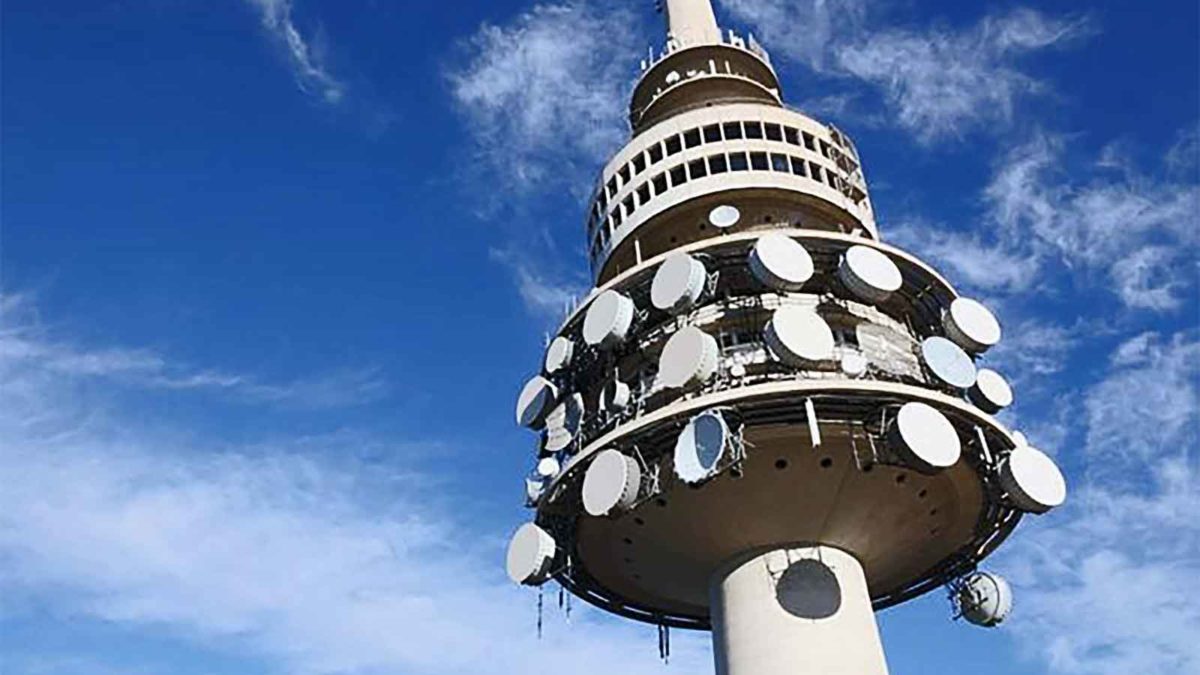Telstra finally reaches a turning point, buyback on the cards
Shares in telecommunications giant Telstra Corporation Ltd (ASX: TLS) have long been a quintessential member of a large-cap ASX share portfolio.
However, they also have a long history of destroying shareholder value – Telstra shares started trading hands on the ASX in 1997 at around $2.60 each. In other words, a 44% capital gain based on the current share price of $3.76.
Of course, this doesn’t include dividends, which is why Telstra has been popular for income-oriented investors. Even with this in mind, I’ve previously struggled to see the appeal in a reliable dividend if your capital is simultaneously being eroded.
TLS share price

Source: Rask Media TLS 10-year share price chart
Telstra’s T22 restructure strategy
The sentiment around Telstra has recently shifted, however.
As part of Telstra’s transformational four-year T22 restructure, the business will be split into three main business units.
InfraCo Fixed owns and operates the fixed-line assets such as the fibre, ducts, data centres and the exchanges, with some of these assets currently being leased to the NBN.
InfraCo Towers holds the mobile tower infrastructure, which comprises 5.6 thousand towers across Australia. This is the infrastructure that connects your mobile phone to the internet using networks such as 4G and 5G, but it also supports wireless broadband that bypasses the fixed-line network.
ServeCo is the retail mobile arm of the business that’s primarily customer-facing. In addition to providing customers with products and services, it will also retain the active parts of the network, including radio access network and spectrum assets.
Sale of InfraCo Towers
Just yesterday, Telstra revealed that it will sell a 49% stake in InfraCo to a consortium of buyers.
Telstra is expecting net proceeds of $2.8 billion for the sale, which values the entire InfraCo business at $5.9 billion.
This valuation of InfraCo implies a FY21 pro-forma Enterprise Value (EV)/EBITDA multiple of 28. This compares to Telstra’s EV/EBITDA of around 7.5 for the entire business.
In layman’s terms, the perceived value for shareholders here is two-fold.
Firstly, there’s a fairly large sum of cash that’s going to be given back to shareholders. But more importantly, it implies that Telstra’s sum of the parts is potentially worth a lot more than the market value of the total business that the market has currently assigned it.
From the $2.8 billion in proceeds, Telstra expects to return 50% of this to shareholders in FY22. The remaining funds will be used to pay down debt and enhancing connectivity in regional areas.
Not only will Telstra have a freshened-up balance sheet, but it’ll also retain a 51% stake in the infrastructure assets. These are high-quality stable assets.
With superior coverage and capacity over competitors Optus and Vodafone, it seems appropriate to retain control while also monetising these assets to redirect the funds into higher-growth areas of the business.
The future outlook for Telstra
InfraCo’s tower business has typically provided reliable annuity-style revenue streams. This is perfect for pension funds looking for safe assets, which explains why it’s just been partly bought at such a high price. But for shareholders seeking a bit more upside, where exactly is it going to come from?
I see more potential upside coming from ServeCo, or the retail/mobile arm of the business. Telstra has a clear first-mover advantage over its competitors with regards to the rollout of the 5G network. Now reaching more than 75% of the Australian population, the network has more than 1.5 million 5G devices with thousands being added every week.
Broadband is mostly undifferentiated across service providers, but one of the main differences lies in speed and reliability. Telstra’s 5G network offers far superior downloads speeds, albeit with slightly less coverage than the NBN at the moment. An optimistic view here would be that 5G could replace fixed-line networks and consumers would be able to bypass the NBN altogether.
If this were to be the case, Telstra could avoid paying wholesale NBN prices, which is typically a low margin activity. With more users on mobile networks, this would mean more Mobile Virtual Network Operators (MVNOs) such as Boost and Aldi Mobile reselling Telstra’s services to their customers as they don’t own the actual networks.
While there’s been talk of Telstra buying the NBN for some time now, CEO Andy Penn has made it clear that it’s not the end game for the company and that the restructure would’ve gone ahead regardless.
Current legislation prohibits vertically integrated companies from owning the NBN. If Telstra were to own it, it would first need to demerge its fixed-line InfraCo business.
Is it time to buy Telstra shares?
I wouldn’t consider Telstra an extremely high-quality business, but I do think there could be some more upside to come in the short to medium term at least.
While Telstra was once a monopoly, you’ve now got new entrants like Aussie Broadband (ASX: ABB) building their own backhaul dark fibre networks, which will reduce reliance on Telstra’s current infrastructure that it leases to many services providers like Aussie Broadband.
Not to mention the business is extremely capital intensive and low margin on the NBN side of the business. I struggle to see where explosive growth will come from in the long run in an already fairly mature operation.
That being said, the recent sell-down in InfraCo Towers and its implied valuation is a testament to the fact that Telstra is at least asset-rich, which will likely provide some floor on its market valuation/share price.
With a majority stake in the tower infrastructure and a 15-year agreement to secure ongoing access to existing and new towers, this provides a level of certainty that Telstra will be able to retain its dominant position in the market for quite some time.
It’s hard to say what Telstra’s outlook will look like in the long-term – say, 10 to 15 years away. But in the short-term, I see the recent sell-down in InfraCo Towers as a catalyst that could likely cause a re-rate of Telstra’s shares as there’s now more transparency into the valuation of the business on a sum of the parts basis.
In addition to this, I see more upside with the continued success of the 5G rollout, which is also likely to benefit from a reopening of the economy when data roaming charges normalise to pre-COVID levels.
With a nice sum of cash, paid down debt and some evidence that the T22 strategy is starting to bear fruit now could be the time to back Telstra for the first time in its long and complicated history.
Information warning: The information in this article was published by The Rask Group Pty Ltd (ABN: 36 622 810 995) and is limited to factual information or (at most) general financial advice only. That means, the information and advice does not take into account your objectives, financial situation or needs. It is not specific to you, your needs, goals or objectives. Because of that, you should consider if the advice is appropriate to you and your needs, before acting on the information. If you don’t know what your needs are, you should consult a trusted and licensed financial adviser who can provide you with personal financial product advice. In addition, you should obtain and read the product disclosure statement (PDS) before making a decision to acquire a financial product. Please read our Terms and Conditions and Financial Services Guide before using this website. The Rask Group Pty Ltd is a Corporate Authorised Representative (#1280930) of AFSL #383169.








